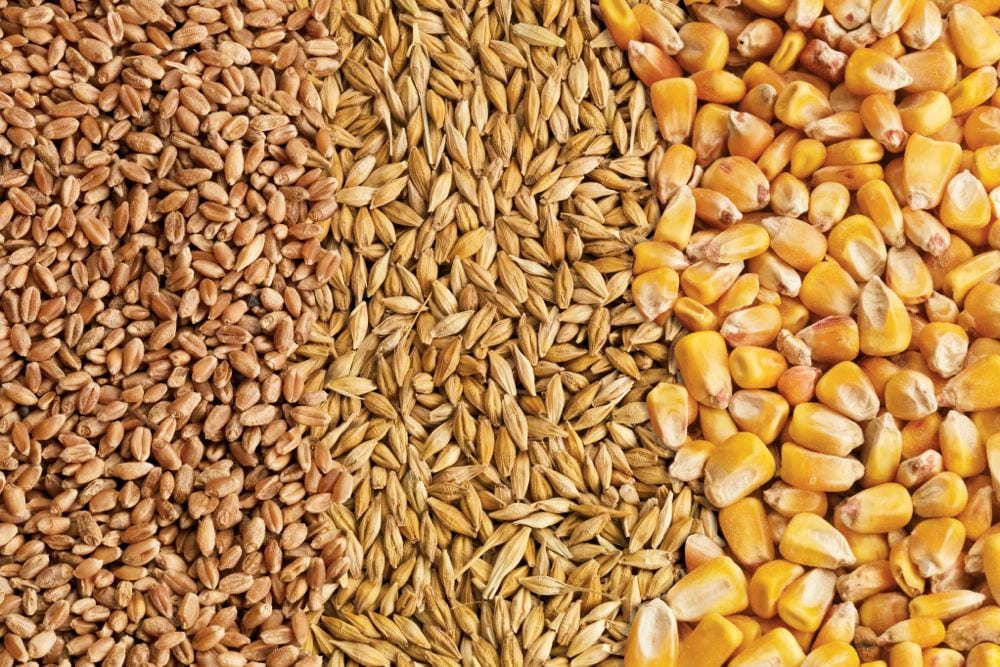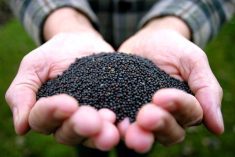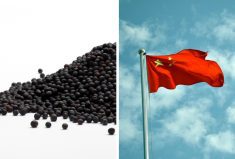CNS Canada — The ICE Futures Canada canola market was stronger during the week ended Wednesday, and is expected to stay in a higher trading range going forward.
“For the front month May, C$448 per tonne is the support area. And right now we’re more than $20 above that,” said Errol Anderson of ProMarket Communications in Calgary.
Anderson said he expects the canola market will be able to maintain its higher trading range as long as the Canadian currency remains on the weak side.
Read Also

Feed Grains Weekly: Price likely to keep stepping back
As the harvest in southern Alberta presses on, a broker said that is one of the factors pulling feed prices lower in the region. Darcy Haley, vice-president of Ag Value Brokers in Lethbridge, added that lower cattle numbers in feedlots, plentiful amounts of grass for cattle to graze and a lacklustre export market also weighed on feed prices.
“Currency gyrations are really a key factor in this commodity world,” he added. The loonie fell below the US79-cent mark during the week, making canola more attractive to crushers and exporters.
The main driving force behind the weak Canadian currency has been speculation that the U.S. Federal Reserve will raise interest rates in June, Anderson said.
“To me, when the realization comes that they won’t (raise interest rates), then this U.S. dollar will probably go into some kind of a correction and we’ll see a rally in crude oil and the Canadian dollar back up.”
The canola market will also continue to take direction from outside oilseed markets, including the Chicago soybean complex, going forward.
Traders will start to shift their focus to the 2015-16 Canadian canola crop soon enough, though it will likely be another month.
Some farmers believe there’s a need for the market to “buy acres” for canola, Anderson said, but added he doesn’t buy into that notion.
“We know the acres on canola are going to be pretty much similar to a year ago. They might be down two per cent or up two per cent. I don’t think it’s a market factor.”
Once the crop gets in the ground, weather premiums will be built into prices to account for any possible problems.
Some reports, however, suggest traders have already begun building weather premiums into values, as seeding in the U.S. isn’t too far away.
— Terryn Shiells writes for Commodity News Service Canada, a Winnipeg company specializing in grain and commodity market reporting.
















